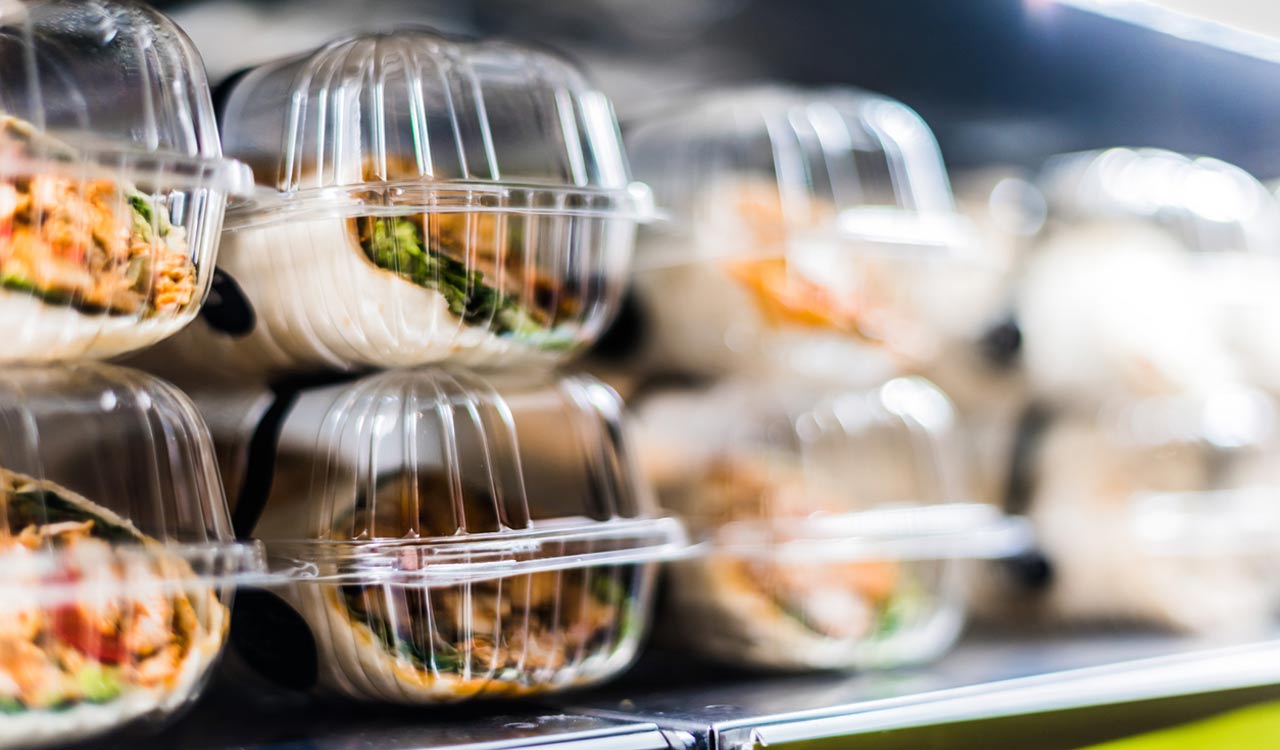On an average, a typical urban Indian consumes at least 100 gm of packaged food that provides 500 kilocalories per day, which is more than necessary
Published Date – 17 January 2024, 11:29 PM

Representational Image
Hyderabad: Urban India including people from Hyderabad consume way more packaged foods including sweets and savories. On an average, a typical urban Indian consumes at least 100 gm of packaged food that provides 500 kilocalories per day, which is more than necessary, the urban data on food eating habits from Hyderabad-based National Institute of Nutrition (NIN), says.
As a result of the abundance of high-energy food coupled with no physical activity, people in cities are overweight and obese. “There has been a remarkable rise in the occurrence of overweight and obesity in both urban and rural population, surpassing 60 per cent in the most recent NIN data. Even a minor positive energy imbalance of 50 kcal/day results in monthly weight gain of up to 1 kg,” says Director, NIN, Dr R Hemalatha.
The NIN scientist in a paper (January, 2024) on ‘Transforming Markets for Better Nutrition’ says, “the hyper-palatable nature of processed foods makes it easy to over consume. This is linked to rise in diet-related Non-Communicable Diseases (NCDs) such as non-alcoholic fatty liver disease (NAFLD), diabetes, and cardiovascular diseases (CVDs). Ailments, including hypertension, heart attacks, and strokes, manifest at younger age among Indians, with mortality rate much higher than the global average. Additionally, 1 in 3 adults in India is affected by NAFLD.”
Food market is dominated by chocolate and sugar confectioneries, followed by convenience foods and beverages. “Sweet biscuits alone constitute over 45 percent of the ultra-processed food (UPF) market. The continuous availability of surplus energy in the body disrupts hepatic insulin signal transduction, leading to insulin resistance, inflammation and features of metabolic syndrome (MetS), contributing to the escalation of NCDs,” Dr Hemalatha said.
The paper pointed out the only way to counter the burden of unhealthy food is to frame a comprehensive strategy with interventions to discourage people from consuming packaged foods. These measures could include levying taxes on unhealthy items and reduced taxes or subsidies for healthier alternatives.
By implementing a combination of strategies such as curbing predatory marketing and advertisement, subsidies for healthier options, food labeling and behavior change communication, India can foster a health-promoting food environment and address obesity and diet-related non-communicable diseases, Dr Hemalatha added.


